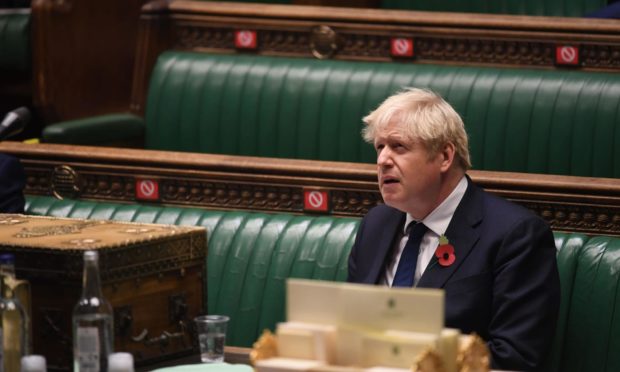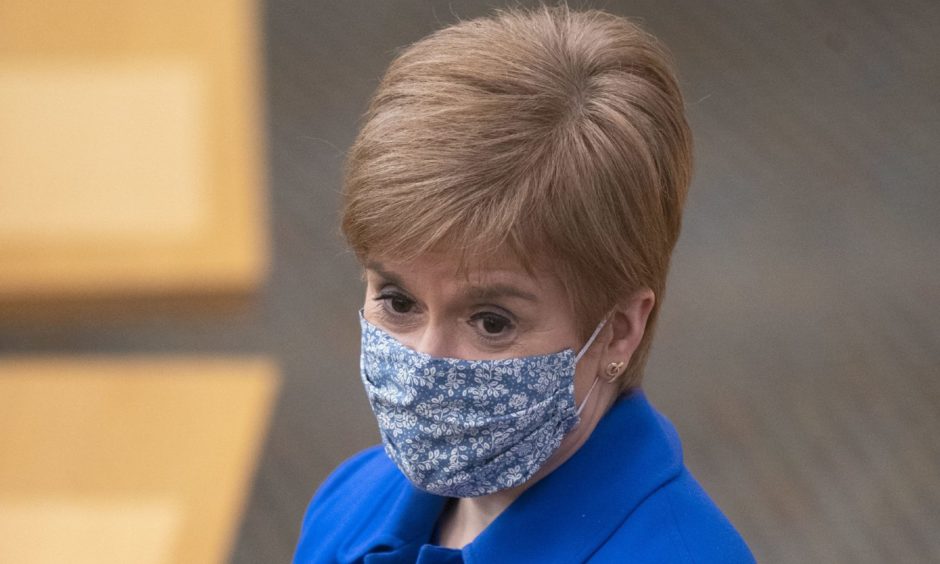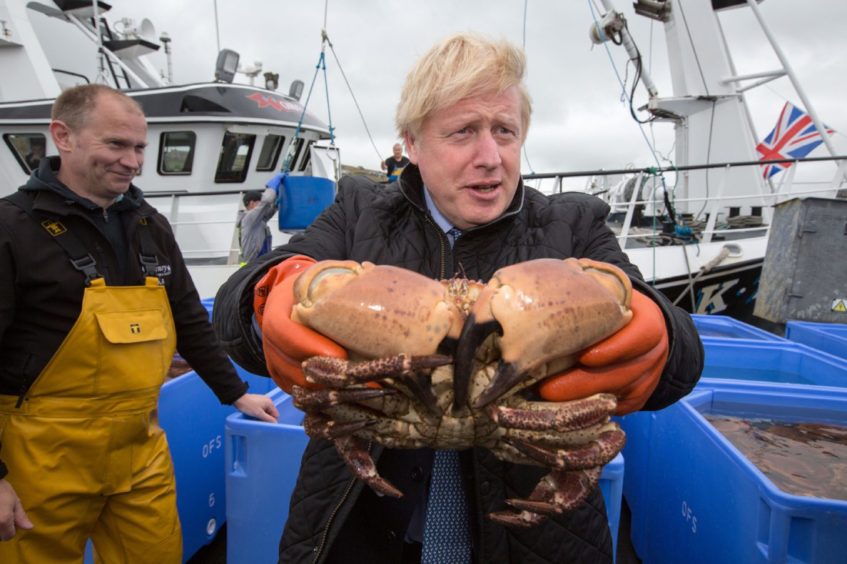Last week all political eyes were focused on the latest instalment of the No 10 soap opera ‘Who’s Who in the Zoo?’
Having adopted Harold Wilson’s famous saying – ‘I know what’s going on! I’m going on!’ – Prime Minister Boris Johnson took back control of government messaging. First thing on Monday, he reassured the nation, through social media, that though he was having to self-isolate, he was “fit as a butcher’s dog!”
Then, later that day, on a Zoom call with a group of 60 Northern Tory MPs, he gave his opinion on 21 years of devolution, calling it “a disaster north of the border”, and “Tony Blair’s biggest mistake”.
Cue outrage.
Worth bookmarking these PM comments for the next time Tories say they’re not a threat to the powers of the Scottish Parliament – or, even more incredibly, that they support devolving more powers. The only way to protect & strengthen @ScotParl is with independence. https://t.co/Hk7DqoFeuY
— Nicola Sturgeon (@NicolaSturgeon) November 16, 2020
Predictable outrage – in both senses of the word. On the one hand, the usual suspects arced up. On the other, any political adviser worth their salt would have told their boss not to be so loose-lipped, not just because he is the ‘Minister for the Union’, but also because he was meeting ‘a leak of Tory MPs’, as the collective noun goes.
How damaging is this for Mr Johnson, and the United Kingdom he holds dear? It’s certainly a row, but it tells us nothing new. He really dislikes First Minister Nicola Sturgeon – and it didn’t take this meeting for it to show.
In a funny kind of way, they are well matched. She resents devolution because it trammels her power, which is the same reason that Prime Minister Johnson resents it too.
The ultimate stress-test
This is the absurdity at the heart of all the argy-bargy on the constitution this year. Objectively, the pandemic has put devolution to its ultimate stress-test and it has passed with flying colours.
Scotland, Wales, and Northern Ireland have all been able to run the public health regimes that they want – including lockdowns and travel restrictions. While the economies of the four nations have been supported by the firepower of Treasury – through furlough schemes, VAT cuts, increased money for the four National Health Services, and a hike in the welfare payment Universal Credit – backed by the UK’s central bank, the Bank of England.
It is obvious that the Prime Minister was in ‘cheery chappy’ mode on the call with his MPs, not issuing an Olympian judgment on the record of the Scottish Parliament.
Was he taking a kick at the SNP on his way through? Yes. Was he insulting Scotland? Of course not. As the vintage display of ‘pearl-clutching’ from the Scottish political classes shows.
It is also obvious that in Mr Johnson’s planned ‘charm offensive’ to Scotland he has so far emphasised the latter word, rather than the former.
The secret sauce in his approach to Labour voters in England was that he persuaded them to take him seriously, but not literally. He needs to do the same, with some urgency, in Scotland.
The Prime Minister’s plans for a green recovery are also a platform for greening the union. Only UK-wide investment, including the state aid the EU bans, can create the net-zero economy Scots want.
My advice? Go North, PM, with cash, and a smile!
John McTernan was Tony Blair’s director of political operations from 2005 to 2007, special adviser to two Cabinet ministers in Gordon Brown’s government and director of communications for the Australian prime minister, Julia Gillard. He was later appointed chief of staff to Jim Murphy, then Scottish Labour leader, ahead of the 2015 general election.


